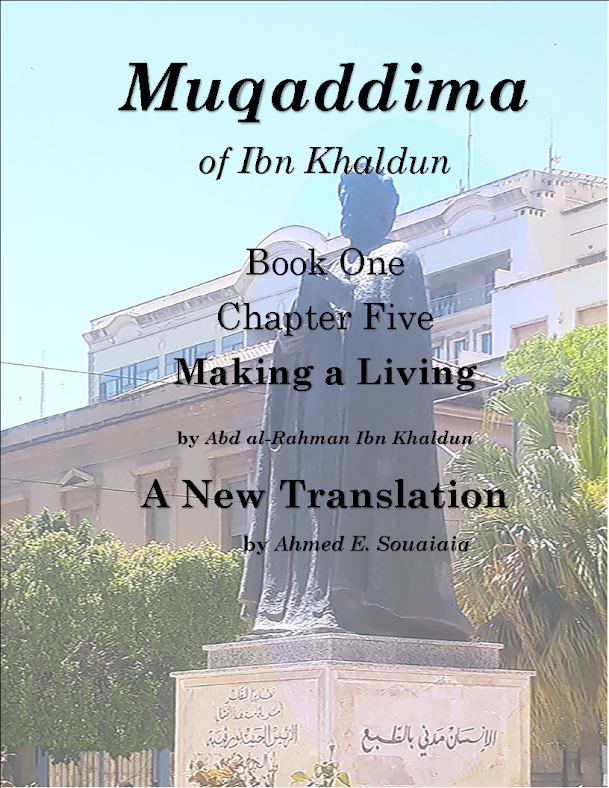
Javier Bardem Turns Emmy Spotlight Into a Call to End Gaza Genocide
Quoting the International Association of Genocide Scholars (IAGS)—a body of academics who have studied the situation extensively—Bardem declared that the evidence leaves little ambiguity. “This is genocide,” he said plainly, before urging nations to impose sanctions and commercial boycotts against Israel until the violence ceases. “Free Palestine,” he concluded, his voice carrying over the flash of cameras and the buzz of entertainment reporters.
Culture Meets Conscience
Award shows are often critiqued for being insular, insulated from the world’s crises. But Bardem’s intervention reflects a growing expectation that public figures, especially those with global platforms, must use their visibility for more than self-promotion.
In choosing the Emmys as his stage, Bardem joined a lineage of artists who have used cultural moments to demand justice. From Marlon Brando’s refusal of his Oscar in 1973 to highlight Native American struggles, to the chorus of actors and musicians speaking out during the Vietnam War, South African apartheid, or most recently Black Lives Matter, Bardem’s statement fits into a broader tradition of celebrity activism.
What distinguishes his remarks, however, is their immediacy and specificity. He did not issue a vague call for “peace.” Instead, he named institutions and corporations he believes are complicit in “whitewashing or justifying” Israel’s actions, and pledged never to work with companies that fail to condemn the violence in Gaza. He also publicly aligned himself with Film Workers for Palestine, a coalition that presses the entertainment industry to sever ties with organizations connected to alleged war crimes.
Bardem’s stance underscores the deep fault lines running through the cultural industries. Hollywood and European cinema have long had fraught relationships with politics in the Middle East. Some actors and directors have faced backlash, blacklisting, or funding withdrawals for voicing pro-Palestinian views. Others have been criticized for silence or for participating in events seen as normalizing the occupation and violence.
The reaction to Bardem’s remarks mirrors these tensions. On social media, many praised his courage, sharing clips and quotes under hashtags like #FreePalestine and #ArtistsForJustice. Activist groups hailed him for giving voice to the voiceless at one of the year’s most visible entertainment events. Yet detractors accused him of politicizing a celebration of art, reflecting a broader discomfort with celebrities who challenge geopolitical orthodoxies.
A Pattern of Rising Voices
Bardem is far from alone. In recent years, artists across disciplines have increasingly spoken out about Gaza. During the 2023 Cannes Film Festival, Palestinian director Lina Soualem wore a keffiyeh on the red carpet, while musicians such as Macklemore and Roger Waters released songs condemning Israeli military actions. The South African parliament even cited statements by international artists when it voted to cut diplomatic ties with Israel in 2023.
What sets Bardem’s Emmy moment apart is its timing and stage. The Emmys are broadcast worldwide, reaching millions of viewers who may not otherwise encounter unfiltered commentary on Gaza amid mainstream coverage. By wearing a keffiyeh and directly invoking the authority of genocide scholars, Bardem disrupted the carefully choreographed glamour of the event with a stark moral indictment.
Celebrity, Responsibility, and the Public Sphere
Bardem’s words raise a central question: what role should artists play in confronting injustice? For some, the answer is simple—entertainers should entertain. For others, the unique visibility of celebrity comes with responsibility. As Bardem himself noted, silence in moments of atrocity risks complicity.
Whether Hollywood will heed his call for accountability is uncertain. Studios and streaming giants have rarely taken a united stand on international conflicts, and the economic ties of the industry complicate any sweeping boycott or sanctions. Still, Bardem’s refusal to collaborate with companies unwilling to condemn the Gaza genocide adds personal stakes to his pledge, potentially influencing peers and partners.
The 2025 Emmy Awards will be remembered not only for who won but for what was said. Javier Bardem’s intervention punctured the surface of celebrity culture, reminding viewers that the red carpet can be more than a catwalk—it can be a pulpit for urgent truths.
In spotlighting Gaza on one of television’s most glamorous nights, Bardem signaled that artists are not merely entertainers. They are witnesses, voices, and sometimes the conscience of their generation. Whether or not the industry acts, Bardem’s words have already reverberated far beyond Hollywood, joining a chorus that insists the world must not look away.












































